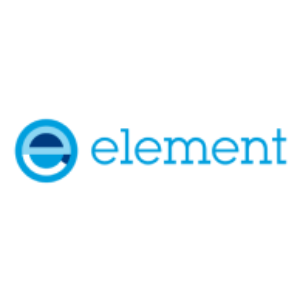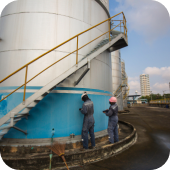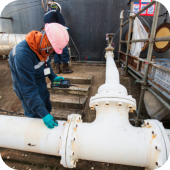

Element Materials Technology
The Element Materials Technology Group is one of the world’s leading global providers of testing, inspection, and certification services.
Overview
The Element Materials Technology Group is one of the world’s leading global providers of testing, inspection, and certification services for a diverse range of products, materials, and technologies in advanced industrial supply chains where failure in use is not an option.
Headquartered in London, UK, Element’s c.9,000 scientists, engineers, and technologists, work across a global network of over 270+ locations, support customers from early R&D, through complex regulatory approvals, and into production ensuring their products are safe and sustainable, and achieve market access.
In 2021, Element set out its new, industry-leading environmental commitments, adopting science-based targets and committing to net zero emissions across its entire global business by 2035. These environmental commitments follow Element’s achievement of the highest ESG ranking in the testing, inspection, and certification industry from Sustainalytics, a global leader in ESG research and data.
Products
Services
Ads












